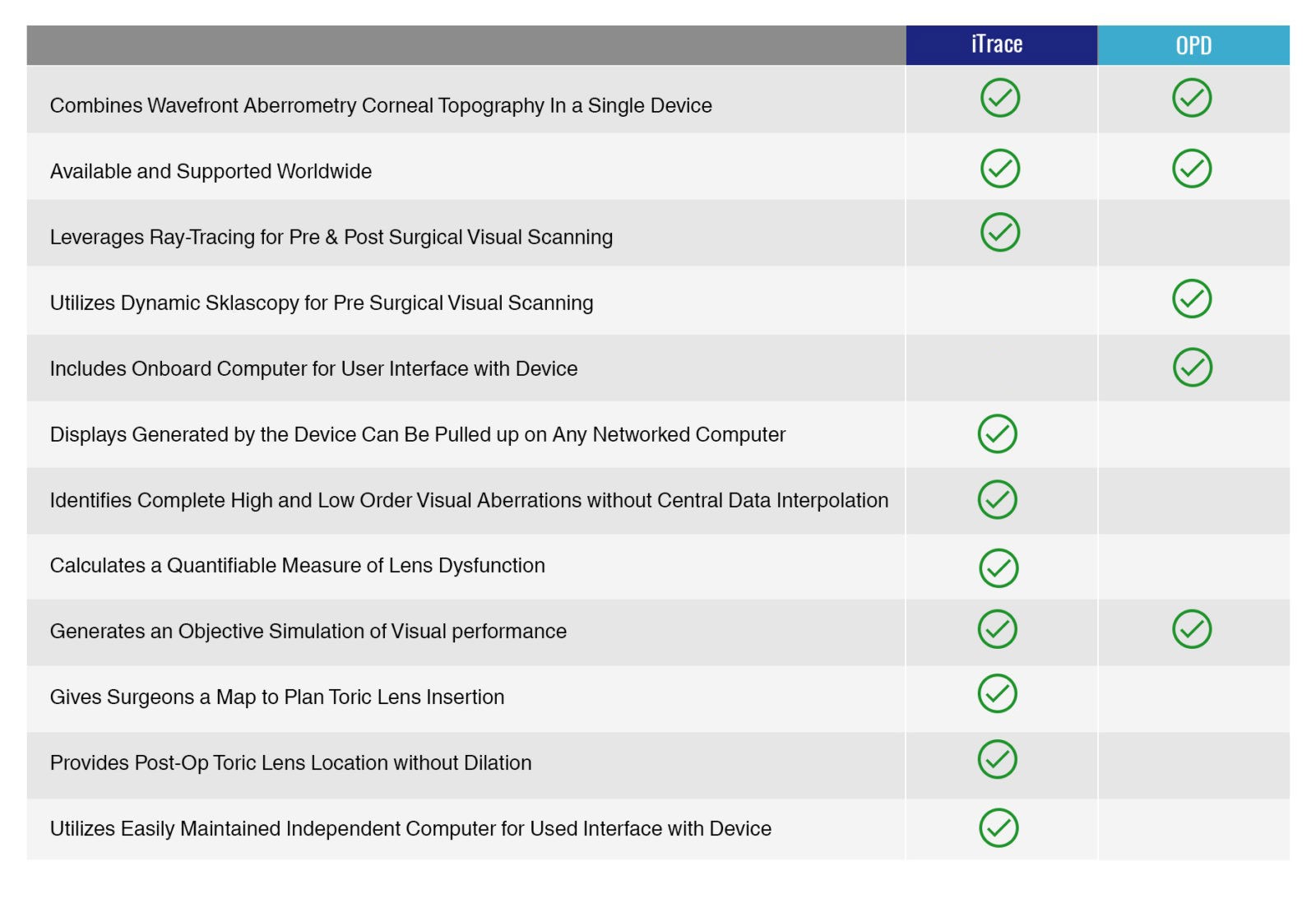


Let’s assume we want to add time stamps to the orders entered in the table below.
Itrace excel download#
You can download the sample workbook for this use case. See the previous section Enabling Iterative Calculations to enable this feature.Ĭircular references can also be used to add time stamps into cells. If you haven’t done so already, enable this option and set the Maximum Iterations to 20 to find the interest for the 21st month. This will give a circular reference warning if iterative calculations are not enabled. Then, select the cell with the initial cash value and add the reference of the total value function. To calculate the total value at the end of the 21st month, we’re going to calculate the principal for each month, and add the interest to the previous month.īegin by entering the starting cash, interest, and the total value function like below. We’re going to assume a monthly interest rate of 1.25%. Let’s assume that we have $10,000 and want to invest this money in a cash deposit (CD) account. Use Cases Calculating Future Value of an Investment This means that Excel will stop calculating either after 100 calculations, or when there’s less than 0.001 difference between the results. For example, let’s assume that Maximum Iterations is set to 100 and Maximum Change to 0.001. Iterative calculations stop when one of the conditions defined (iterations count or change value) are matched. Note that entering a smaller number here means more accurate results. Maximum Change determines the maximum difference between values of iterative formulas.Maximum Iterations determines how many times Excel is to recalculate the workbook,.In Excel 2003 and earlier, go to Menu > Tools > Options > Calculation.Įnabling iterative calculations will bring up two additional inputs in the same menu: In Excel 2007, go to Office button > Excel options > Formulas > Iteration area. Go to File > Options > Formulas > Calculation options section in Excel 2016, Excel 2013 and Excel 2010. To activate and use circular references, you must first activate them by checking Enable iterative calculations option under the File menu.
Itrace excel how to#
To learn more about circular references please see: How to Handle Circular References in Excel Another thing to note is that when iterative calculations are disabled, Excel will show a warning as circular references are usually considered user errors unless you know what you’re doing. Even though a higher iteration count usually means more accurate results, this also means longer calculations times – and sometimes crashes. First of all, the number of iterations should be limited. The formula can use the result of the previous calculations, thus automatically calculating the same thing over multiple iterations.Īs easy as it sounds, there are a few things you need to consider. You can create a formula that refers to the cell containing the formula. This can work if your model is relatively simple, but doing so in more complicated workbooks might prove much more challenging, if not downright impossible to do.Īn alternative and better approach is to use the Excel iterative calculation feature. For this, you would need to copy the formula and references as many times as you want to repeat the process. In Excel, you can reference a cell that contains a formula and use its result in an identical formula in a different cell. This is made possible by computers that can run calculations repeatedly to find the likelihood of possible answers by getting closer to the results from different angles. Formulas now become shortcuts to help you navigate large spreadsheets, allowing you to jump between and detail sections and totals.Iterative calculations can help find the solution to mathematical problems by running calculations over and over using previous results.If you’re thinking of deleting or changing a cell but don’t know what it will affect, Ctrl+] will tell you if it is used in any formulas.If you want to quickly check to make sure your formula is pointing to the right cell, Ctrl+ to get back where you started. Some of you are asking why anyone would want to do that. I’ve written before about the ability to trace precedents and dependents, But I recently learned two keyboard shortcuts that take you to your current cell’s precedents or dependents.Ĭtrl+ will move your cursor to the dependent(s) of the current cell, that is, the cell or cells with a formula that uses the current cell. Conversely, the cell containing the formula is a dependent because it needs the cell containing the data to complete its function. In Excel, the other cells that are referred to in a formula are called precedents.


 0 kommentar(er)
0 kommentar(er)
